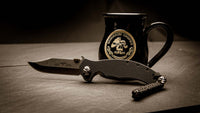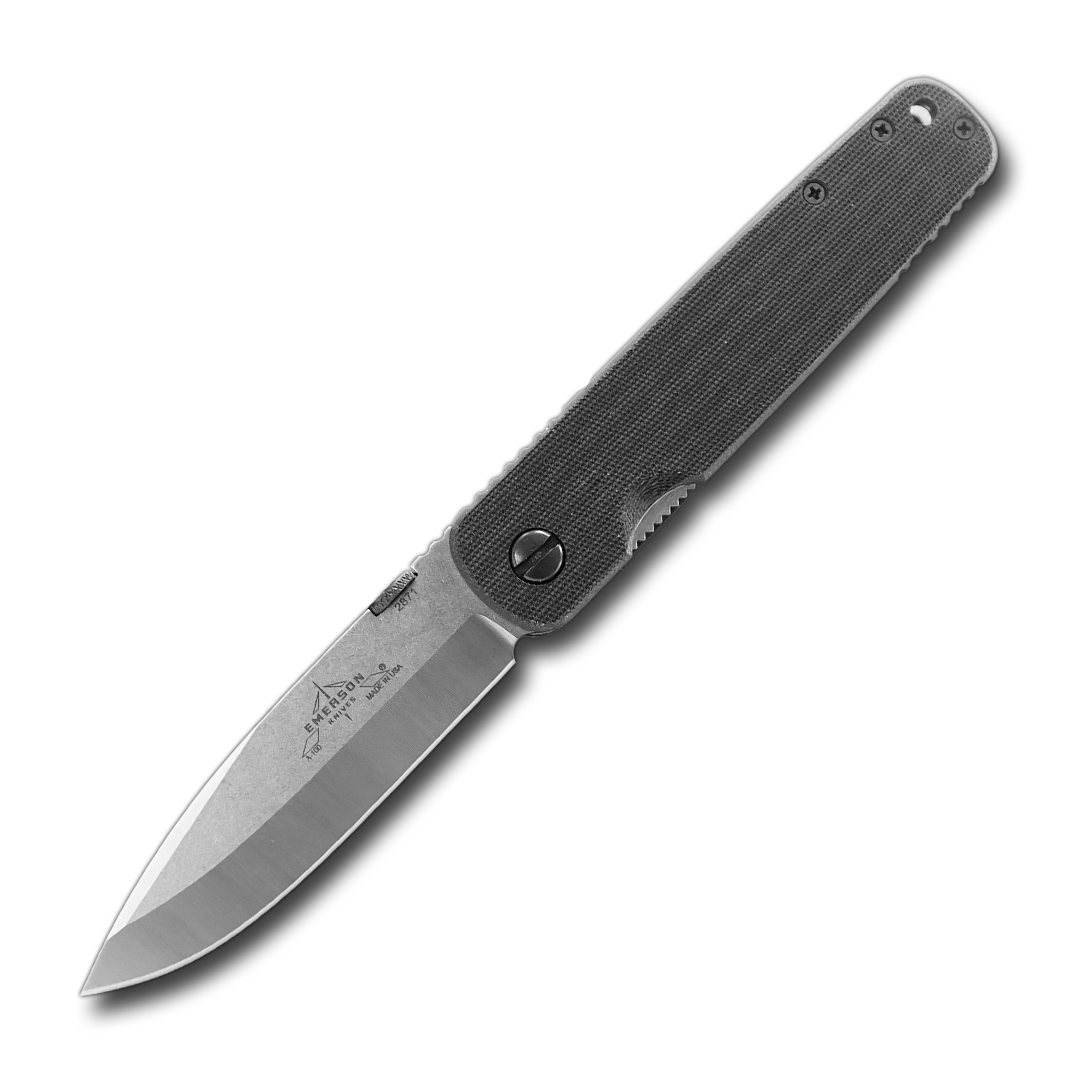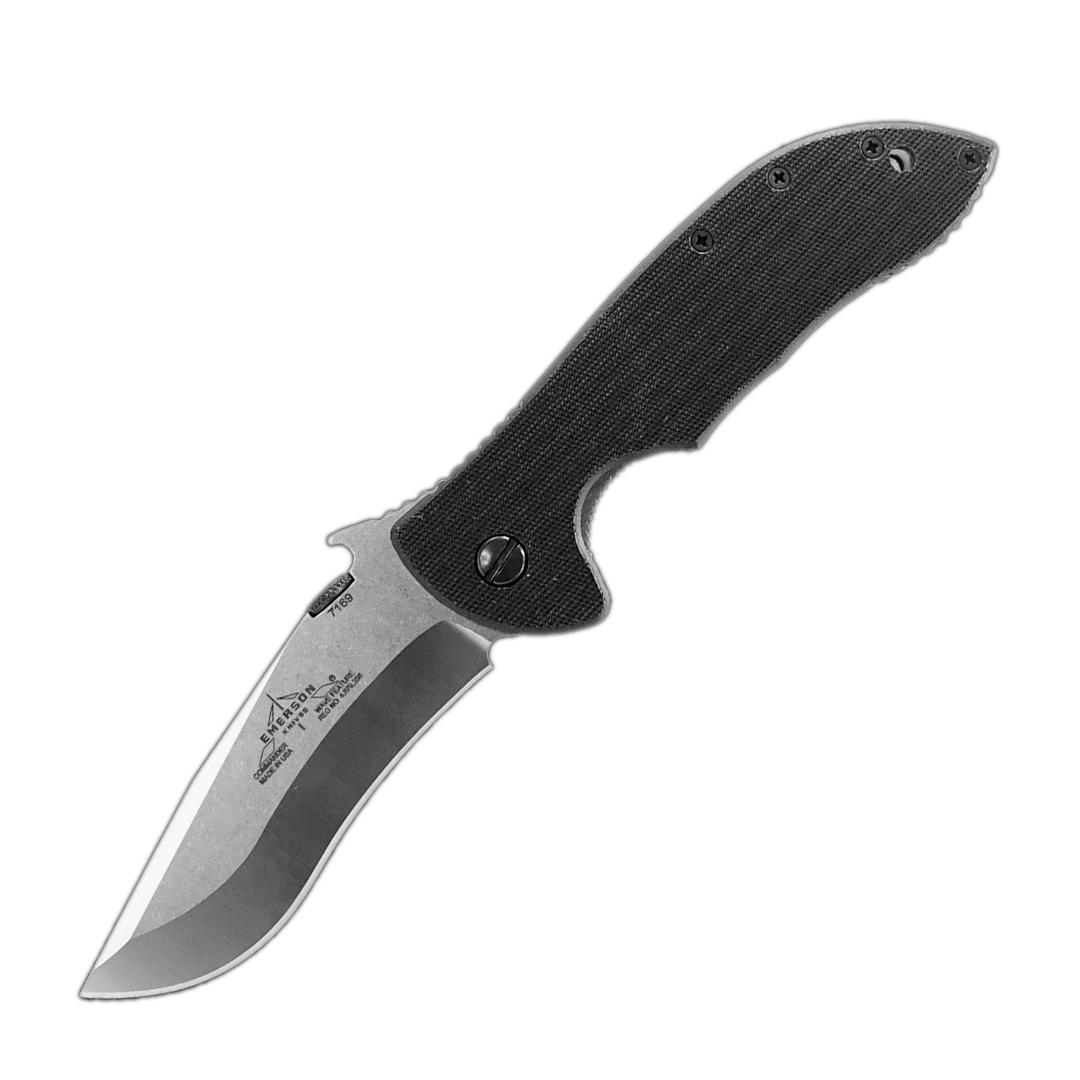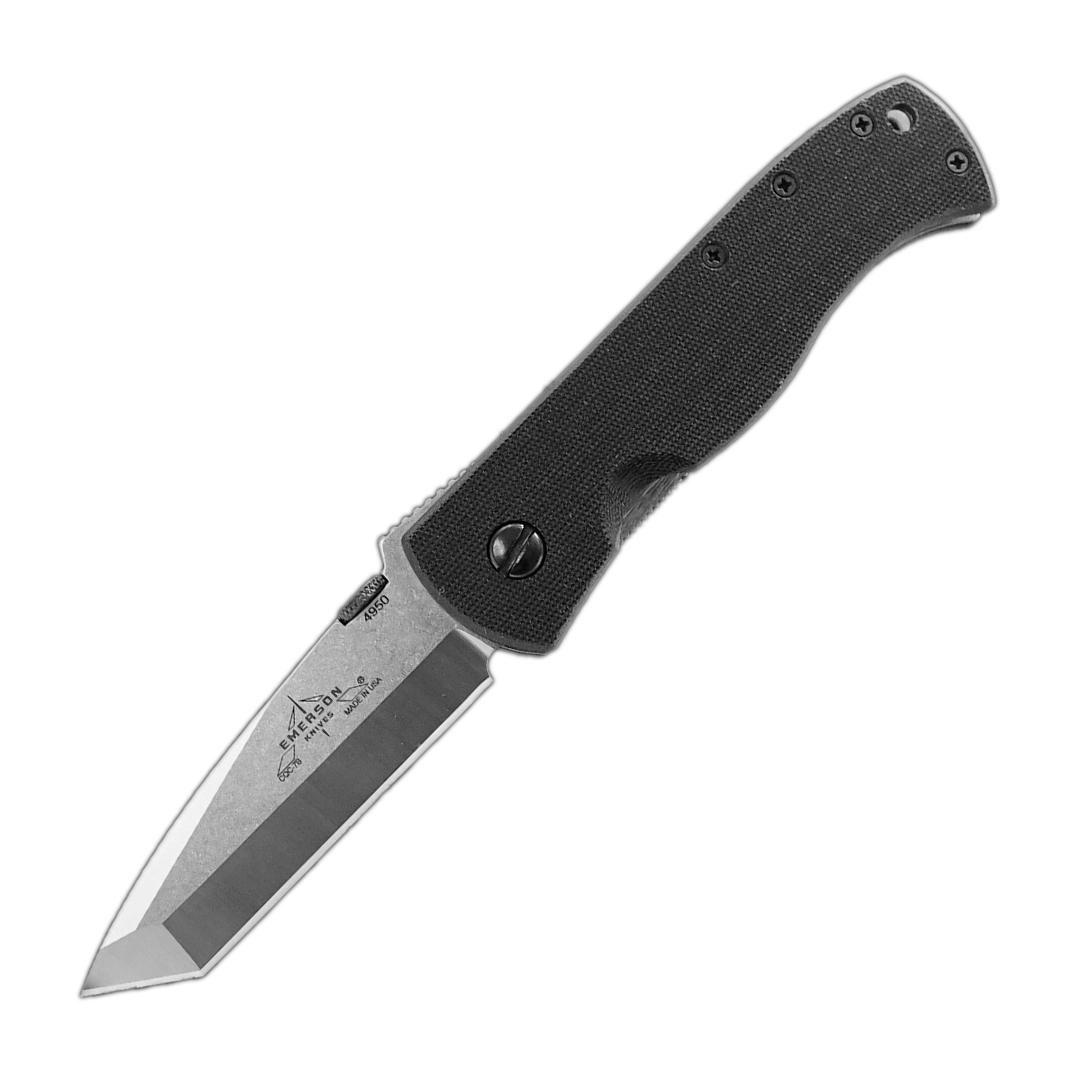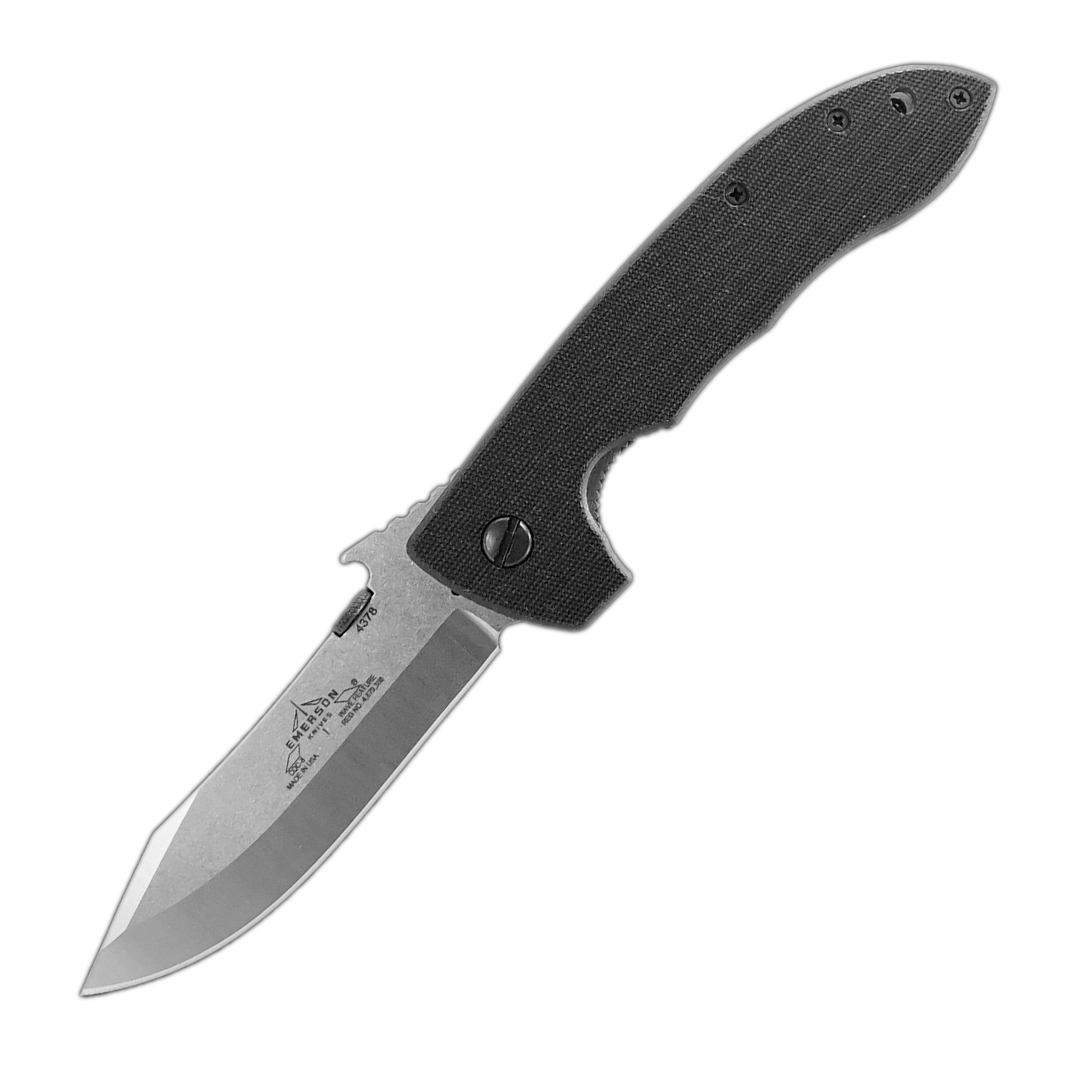As a student of history (one of my majors in college was world history) I was always fascinated by the seemingly small changes in technology that would make vast changes in how the future would play out. And as I specialized in military history, things that made changes in that regard were of particular interest to me. Such as the addition of tin to copper to make bronze, the invention of the stirrup, and of course the addition of carbon to iron to make steel. And steel changed everything.
Which now brings us to the subject of knives and what it takes to make a good one.
People always ask me, “What is the secret to making a good knife?” And I always ask in return, what kind of knife, because each knife has a different set of requirements, governed by what its intended use is. So it's going to be a different answer for every category.
“What is the secret to making a good knife?”
Let's start with the category of Tactical Combat knives. Historically, any combat cutting or stabbing weapon had to be at least as strong as the weapons it would face in battle, hard enough to take a keen edge, and flexible enough to take the shock of striking another weapon or armor without breaking or bending into an unusable condition. The Romans and their blacksmiths were well aware of these traits inherent in steel, as evidenced in the design of the legionnaires main battle spear, the pilum, which featured a hardened steel head attached to a thin, soft steel shaft, which was then fixed to the handle. When thrown, the spearhead would penetrate the enemy's shields and the shaft would bend on impact. This rendered the shield unusable and the spears in turn could not be used to throw back at the Roman soldiers, a tactical advantage used by the Roman armies for over two centuries due to their superior understanding of metallurgy and the skill of the Roman blacksmiths.
At the greatest extent, it is estimated that the Roman military numbered about 500,000 soldiers throughout the depth and breadth of the empire. Pause to think about the size of the smithing and weapons making industry that must have existed to support them.
It is important to understand that the basic principles and parameters for the combat cutlery of a Roman soldier and those of a modern soldier have changed very little over the last 2000 years. One thing I've learned over the years in regard to any subject is that everything is governed by principles, and those principles never change, only the details do. And so it is with the needs and necessities of a combat knife.
So if we fast-forward about 2000 years, we can look at bayonets, which were both used as a stabbing weapon, some exclusively, (not being a knife) but others which doubled as both a combat weapon and a spear when affixed to the fore end of a rifle. These bayonets were made from a very simple steel that was kept soft enough not to break or bend when it was used as a prying tool, yet hard enough to take a fairly good edge for simple cutting chores. Their Rockwell hardness was generally around 50 to 52 RC.
And if we move ahead a few more years, we can take a look at one of the most iconic combat/tactical knives of all time – the Marine Corps KA-BAR, one of those timeless designs that is arguably one of the best combat knives ever developed, and it still is today. Although upgraded a bit in the details, it still accompanies every marine onto the field of battle, wherever they are called to serve.
The KA-BAR was made from a simple steel, named 1095, and they came in at around 56 to 58 Rockwell, making them strong, flexible, and able to take a keen edge. The designers of this knife knew two things. One, the rigors that a knife in a combat environment would face, and two, how tough U. S. Marines would be on their equipment.
The other iconic combat knife is the AK-47 bayonet. Although you can find several iterations and widely varying designs for this weapon, the one that was literally produced in the millions was a very distinctive and recognizable knife design. Once again, a simple yet effective design made from simple steel, I suspect similar to 1095 just like the KA-BAR, and it comes in at an even lower Rockwell hardness of 50 to 52 RC. That's pretty low, but it would make that bayonet/knife, very hard to break.
The point I'm making here is that any knife that is designed for being used in a combat environment absolutely must be governed by this cardinal rule. A broken knife is no knife, a dull knife is still a knife.
“A broken knife is no knife, a dull knife is still a knife.”
What does that statement really mean? As both of these knives are of the modern era of metallurgy and manufacturing processes, any type of alloy steel could have been used and the knives could have been finished at a much harder Rockwell and 1095 steel itself can be easily heat treated to over 60 Rockwell hardness. But yet, they were not.
Because the designers, whoever they were, knew the basic principle that they had to face. Since the ancient times of armed, man-to-man combat; If your sword broke, you were soon to be dead.
By now you may be saying, “Come on, Ernest, get to the point.”
Well, here it is. There are many who have criticized Emerson Knives for using an “old steel,” Crucible 154CM. And this became kind of an internet thing about Emerson Knives.
Well, you know what? My shop is filled with files of all shapes and sizes. In total, there must be over 100 of them scattered about the shop. They're made of W1 steel, one of the oldest and simplest steels that exists. And do you know what those files are used for? They are used to cut other steels. I guess I didn't realize that they shouldn't work because that steel formula is almost 2000 years old.
It's too bad that all too often the loudest voices have the least information.
I chose 154CM steel because I make hard-use combat knives for use in extreme conditions. I am a user – a real user, and so are my customers. They know the difference between what works and what doesn't from hands-on experience and real-world use.
I knew that the knives that I was making would be put to the test – every day – in the hands of those who use and depend on tools for their living. And there's no better testing ground than that.
Now, if you have read my previous article on the “perfect steel” you'll know that there are reasons why steels are chosen for particular duties. The steel I chose for my knives, 154CM, gave me the best marriage of properties for a modern combat, folding knife. Emerson knives were made with these parameters in mind as the design dictates for a real, combat knife. This tool will be used for cutting, prying, chopping, and as a weapon if that be the case. It would need to be nearly unbreakable, somewhat flexible, and yet still take and hold an edge.
154 CM offered decent corrosion resistance, but did not have too much chromium to sacrifice the fact that it would take a razor sharp edge. It has good ductility (flexibility) and toughness, and enough carbon to heat treat easily and temper precisely to a specific Rockwell hardness. Be aware that being a combat knife designed for the rigors of a combat environment, although 154 can be taken to a 61 Rockwell, I heat treat it to 57 to 59 Rockwell just like the Marine Corps KA-BAR. For those knives, there is absolutely no need to “upgrade” them to a newer exotic steel – remember broken knife – no knife? And also users in the field could easily sharpen it back into service without complicated sharpening tools. Even rocks or bricks would work in a pinch.
There are unfortunately many who either do not understand or choose to ignore the reasons why things should be the way they should be. If more of those self-proclaimed experts actually used, really used their knives, they would then understand the reasons that real tools are designed and built the way they are and always have been.
So that's why I chose 154CM. It's not a steel I would choose for a barber's straight razor, but it has been battle tested as my best choice for a battle steel by Emerson Knives, and it has withstood the test of time for almost 40 years.
